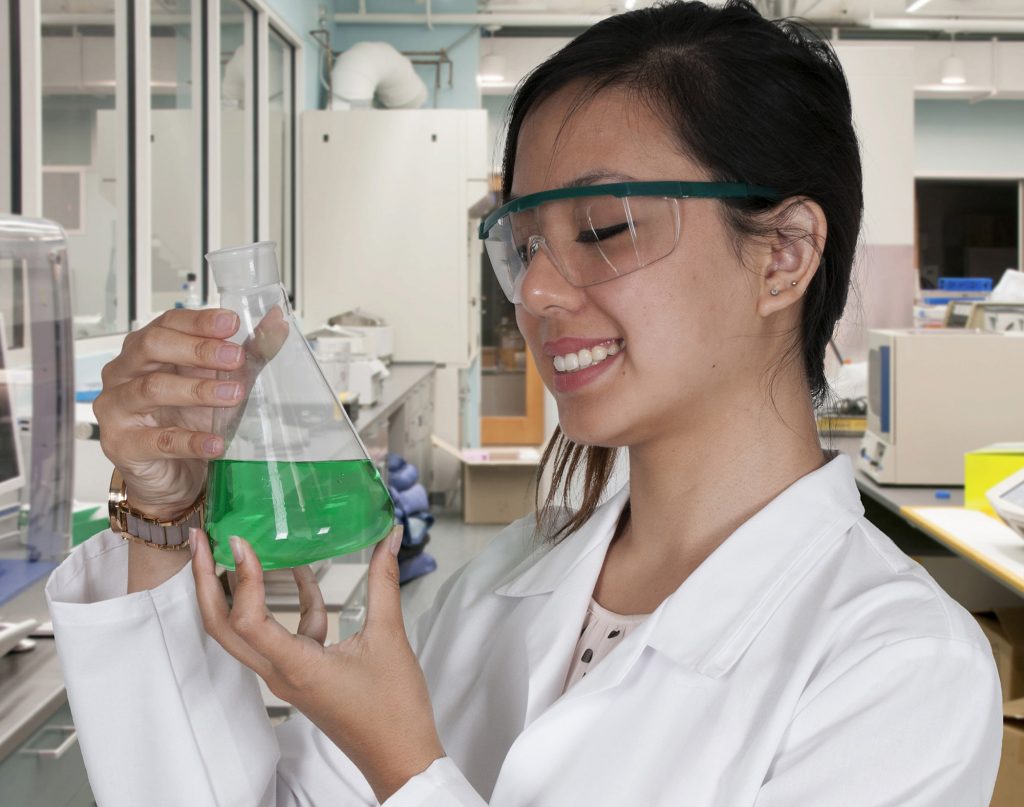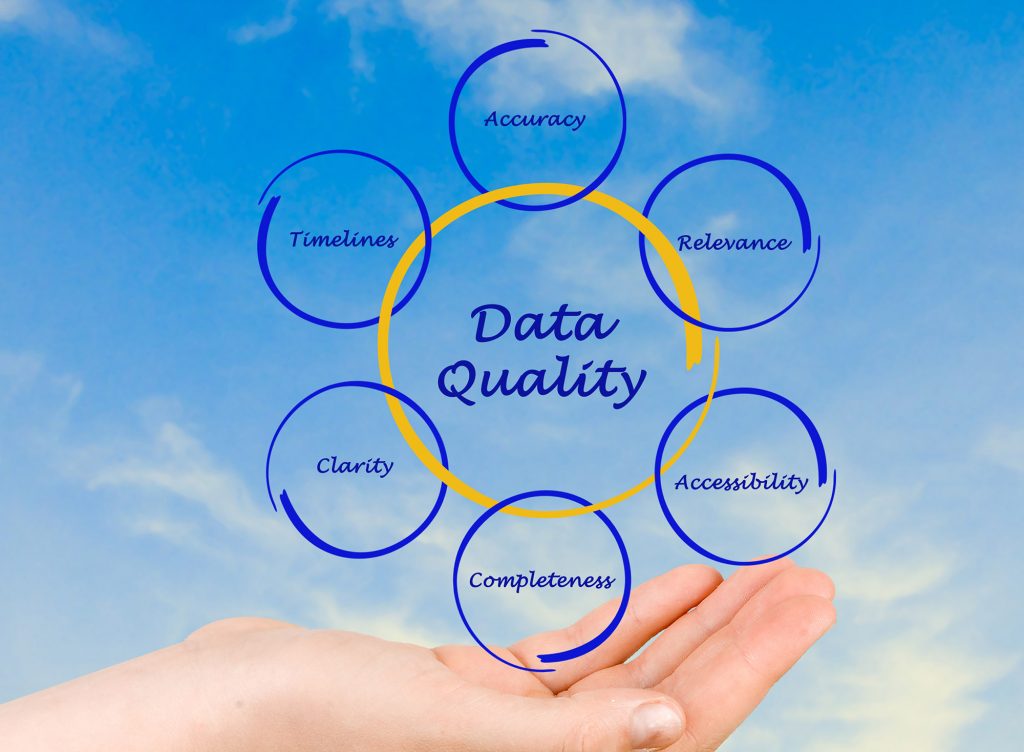
Climate Change Long-Term Temperature & Precipitation


Climate Change Objectives:
- Describe current climate changes, including trends in surface temperature, ice, sea level, and ocean acidity.
- List potential impacts of climate change predicted by climate models as well as proposed solutions.
- Explore websites and determine whether they are quality sources of science information.
Climate Change is in something we will hear about more and more frequently into the future. This video explains why.

Carbon dioxide enters the atmosphere from natural sources, but anthropogenic (human) activity has increased the amount significantly.
Different regions experience climate change in varying ways. Coastal areas are concerned about sea level rise. Grassland and forested regions watch wildfire activity. Sub-tropical regions track moving mosquito species. One of the challenges in addressing climate change is the variability of the impacts: some people are experiencing far more impact than others.


Another issue is the rate of observed changes. Some are rapid; other slower. For example, sea level rise is experienced more in some coastal communities than others. Some fisheries are more impacted than others. This is a challenging global issue that will be addressed by individuals representing many interests and fields of study.
If you are interested in seeing raw climate data that researchers are working with, or the research papers they are producing, NOAA.gov is an excellent resource.
With increased interest in closely monitoring the weather events that make up climate, a variety of monitoring equipment is stationed around the world, including in orbit. Some of the low-tech gauges are still the most cost-effective and widely distributed.
Quality Sources of Science Information

As you continue learning and using science knowledge into the future, there will be times that you want to find information on a particular topic. This could include researching the care of an organism, making a dietary choice, or considering medical treatment options. In each case you want updated and accurate information.

It seems like a primary source, hearing directly from a researcher, would be an advantage over a secondary source that is filtering and condensing the information. However, if you have ever asked a researcher directly about their area of study, you know they can be passionate and focused, not necessarily on your application of the research. Secondary sources can have several advantages.
Few people go to primary sources of research for science information, for good reasons.
-
Many published studies are written in a format intended for fellow researchers using field-specific jargon and data visualizations.
-
Most research studies are early in the knowledge gathering process, results are preliminary and require confirmation by further research.
-
It can be difficult to contextualize the significance of a particular research study without being widely read in the area.
-
Many peer-reviewed research journals are only available through expensive subscriptions maintained by institutions.


Additionally, some secondary sources employ skilled science writers, illustrators, and editors who can contextualize individual research papers, indicating which science news is worth responding to, and which is still in early stages of knowledge formation.
Characteristics of quality science information source:
A source is worth visiting repeatedly if it has these features.

Start Your 8B Media Assignment here
Data Summary
We often read or hear about a story from the news and share it with others. In the media piece, you are selecting data you find interesting from online resources and putting that data into a form that can be shared with others. The data can be about the human population (discussed in Guide 8A) or climate change (this Guide 8B).
Steps:
1. Select an online data source that is likely to be a reliable source of information. Here are three suggestions:
Population Reference Bureau Data: prb.org
NASA Climate Evidence: https://climate.nasa.gov/evidence/
NOAA Climate Data: https://www.climate.gov/
2. State the web address of the online resource, so someone else could find the information, and briefly summarize why this is a quality source of science information, using the criteria introduced in this guide.
3. From the online resource, select two data visualizations that you find interesting; each could be a graph, a table, a pie chart, etc.
4. Explain each of the two data visualizations in your own words. Include a description of the data, what the data indicates, and why you find the data interesting enough to share.

You are turning in a piece about population or climate data that includes:
-
the website address (url) of the data source you are using and why you feel that online is a quality source of science information.
-
descriptions of two different data visualizations in your own words that includes: a description of the data, what the data indicates, and why you personally find this data interesting.
If you include the original two data visualizations in your media piece, indicate the specific website page (url) that they came from.
This may fit well in the final portfolio with Environmental Biology Concepts or possibly Science Skills, depending on the focus of the media piece.
The next section introduced the threats to endangered species.

Check your knowledge. Can you:
- Describe current climate changes, including trends in surface temperature, ice, sea level, and ocean acidity?
- List potential impacts of climate change predicted by climate models as well as proposed solutions?
- Explore websites and determine whether they are quality sources of science information?



